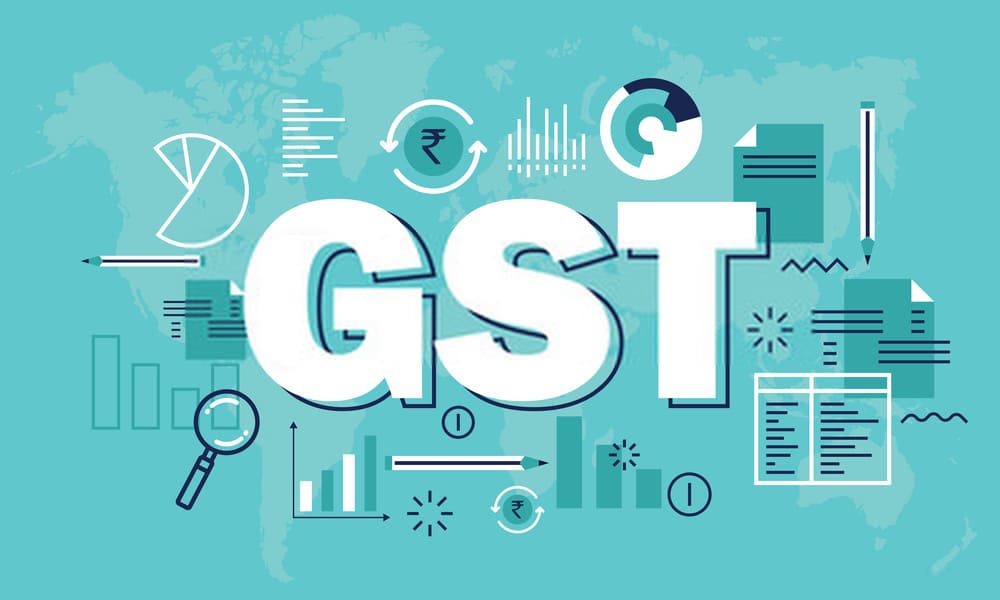As the nation eagerly waits for GST, one of the biggest tax reforms since Independence, there are serious concerns about the loopholes and lacunas in the existing indirect taxation systems. The fear is that these problems if not addressed now, may be passed on to the new tax regime unattended. The CBEC must look into these areas and streamline the same beforehand.
There should be inbuilt mechanism in the law to share the copies of the statements recorded during the course of any investigation. Copies of these recorded statements must be given to the assessee immediately in order to have transparency. Further to Curb Vexatious Searches, provisions should be made so that the reasons for conducting the search may be recorded in writing in line with income-tax provisions. As regards the returns /reports are concerned, there should be only one annual return which will take care of all information required, in line with the Income tax provisions. This will save time of compliance and reduce litigations. There should be a 180 days window for rectification and revision of such annual returns. It’s learned that GST model law has no such provision.
In the field of adjudication, right from filing the written submission to a show cause notice, filing of appeals with the Commissioner Appeals and filing of appeal in the Tribunals, all should be made online. This will save cost and time as well be a step forward towards transparency in business. The proposed GST Network does not have such a robust feature. Further Rule 6(3) (cenvat) grey areas which result into illogical demands may be done away and be replaced by a more meaningful and logical provision. This one provision has created more litigation than all other combined together. The definition of Trading and its inclusion in the negative list is equally responsible for these large scale litigations and the same should be addressed at the earliest. Moreover the threshold limit of 10 lakhs in a service industry is meagre and must be raised to 50 lakhs so that the small scale service providers are at peace. Since the inception of Service Tax in the year 1994, the threshold limit is 10 lakhs. In 21 years it should have been 50 lakhs. Its high time government address this concern.
Recently Swachh Bharat Cess was introduced at the Rate of 0.5%. But by excluding it from Cenvat it has defeated the purpose of Cenvat. The same should be integrated in the Cenvat Provisions. If this is not addressed now, in coming years in GST regime, each state will come out with its own non cenvatable cess. As regards the refund procedures, they should be made online to curb corruption and promote transparency in line of TDS refunds in Income tax department. Grey areas wherein 100 % input credit is not allowed on capital goods be done away.
Another important area which needs to be addressed is that the powers of tribunals to waive pre deposit in cases which are very strong on ground of merits, must be restored. As the departments book cases of worth crores on frivolous grounds which do not hold merits and many of them are already settled laws, the assessee has to unnecessarily go through the litigation and moreover deposit up to 10 % of the amount demanded, which he might not be able to afford and eventually lose the opportunity to be heard by the tribunal. GST propose that there will be more than 40 tribunals in the country. Thus such law should be addressed immediately before GST comes into play.
